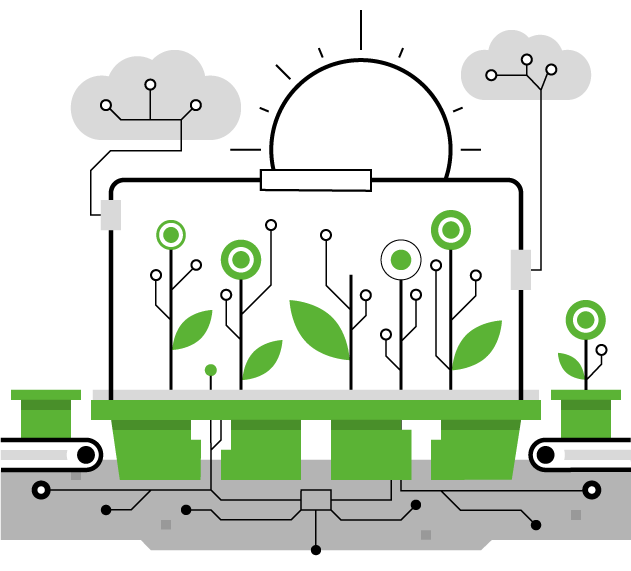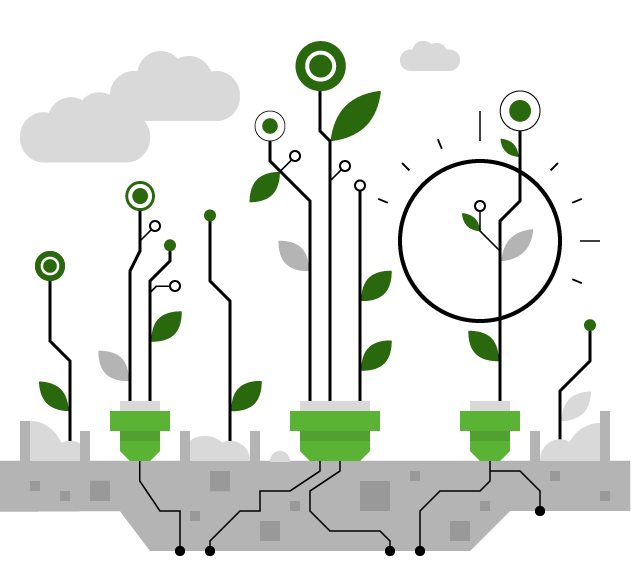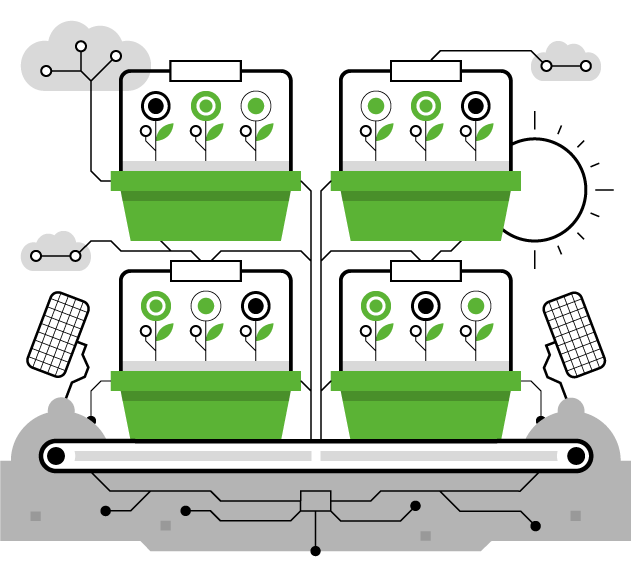While many businesses may be focusing on careful cost management, investment in technology shows no sign of slowing.
Gartner forecasts that global IT spending will reach $4.5 trillion in 2023 – up 2.4% on 2022. Despite the combined impacts of inflation, geopolitical turbulence and supply chain challenges, companies are accelerating IT investment to drive greater flexibility and agility in the face of disruption.
This accords with AlixPartners’ latest Disruption Index, which found high levels of concern among business leaders about how best to respond to disruption through technological acceleration. A majority (56%) of executives we surveyed told us that advancements in technology are happening at a rate that their company cannot keep up with.
In this context, increasing investment in technology makes sense. But how much of this money is actually well spent?
Despite perceptions that fintechs – and digital start-ups more broadly – are at the cutting edge of technological innovation, there are plenty making the wrong calls at the wrong time, be it in relation to people, processes or architecture. There are start-ups going to market with a flawed prototype platform, unable to subsequently scale and match their evolving growth profile, while some established tech businesses are reliant on legacy platforms years down the line.
To grow and maintain a successful tech start-up takes careful nurturing and shrewd decision-making at every stage of development, from the initial seed of an idea, right through to when the roots of the business are firmly established, and the focus turns to sustaining and extending success.
For tech companies, and their investors, it is vital to understand the perils that exist at each stage, and how to avoid them:
Stage 1: Incubate
A company may start life with a great product but whether or not that grows into a great business depends on the choices they make at the Incubate stage. Here, two paths lie ahead.
Nurturing success
Successful businesses will likely be guided by leaders with a clear vision for sustained success – an understanding of their market and growth opportunities and the optimal route to achieving them. At a technical level, this means investing in the right people and understanding the technical imperatives to underpin their product (e.g. embedding cloud-first, high-quality architecture and automated delivery processes from day one). Successful businesses will be focused on creating the right conditions for exploration, testing, and building internal knowledge quickly, so that critical software can be developed at pace.

Cultivating failure
In reality, many businesses are lured into a sales-driven rather than product-driven approach. Everything is geared towards keeping costs low and making short-term revenue, reacting to the short-term needs of early clients rather than the longer term needs of the market. There is excessive focus on getting the product built quickly at the expense of the scalability and suitability of the underlying platform.

Stage 2: Expand
At the Expand stage, progressive organisations will continue to be focused on delivering product quality and optimal customer experience.
Nurturing success
Successful businesses will understand their ecosystem, its potential and its limitations. They will understand what differentiates their product and, just as importantly, what its weaknesses are. Everything will be focused on continuous product development through a process of embedding the right technical traits, such as: ensuring flexible architecture (e.g. avoiding poor design choices in their code, keeping continuous integration at the core); retaining core knowledge within the team; and building clear KPIs for both the company and its providers.

Cultivating failure
At the Expand stage, many companies become too insular. They overlook opportunities to partner with best-in-breed third parties and continue to focus on a build approach over buy or rent. They continue to build ‘add-ons’ for speed rather than protecting future maintainability. They can also make the mistake of thinking that sustained success depends more on sales and relationships than product quality.

Stage 3: Scale
Every established tech business at some point must consider how, when, and where to scale.
Nurturing success
For successful businesses, this stage will be approached with a clear strategy of how to scale and the challenges that must be overcome to do so. Scale will not mean a linear increase in costs as processes have been streamlined and automated. They will be open to help and advice from market specialists and use market data to inform their choices. They will use their flexible architecture to build what the market demands and needs, and stay close to their strategy rather than trying to be all things to all potential clients.

Cultivating failure
On the other hand, many businesses will arrive at the Scale stage still without a clear direction set. To compensate, they will typically troubleshoot by throwing more people and hours at the problem, with the result that scalability only becomes achievable by significantly increasing costs and potentially reducing quality.
Decisions on scalability will also typically be informed by the instincts of senior leaders, rather than being market-driven, with the consequence that business cases can become muddled and ROI unclear.

Stage 4: Sustain and Extend
What happens to a business once its product has matured and scalability has been achieved?
Nurturing success
At this final stage of growth and development, successful businesses will be distinguished by their desire to continue to diversify and find new markets. Their passion for innovation and delivering value to customers will be undimmed. They will understand, too, that markets and technology evolve, and that sustained success cannot be achieved by standing still. On a technical level, this means building a rich ecosystem of reusable resources, continuing to invest in R&D, and continuing to identify and deliver the required improvements.

Cultivating failure
Having built a successful, scalable business, many companies at this point lose their appetite for innovation. They become overly comfortable with the status quo and increasingly resistant to new ideas. Investment in new technology starts to dwindle, technical debt increases, and projects overrun. They increasingly find they are overpromising and underdelivering. The focus becomes cost reduction, which can slow productivity and demotivate the workforce.

How do tech businesses make the right choices at every stage?
In a series of upcoming posts, we will explore in greater detail the keys to success at each stage, and examine the business characteristics, technical traits, and practical actions taken that distinguish those companies that are destined to flourish from those more likely to wither.
Read all of the articles from this series:

/Passle/5e1358328313d50770039d23/MediaLibrary/Images/6093fd71e5416b04ac4aebca/2024-01-09-14-29-41-938-659d5855146256acfd0a0c9b.jpg)
/Passle/5e1358328313d50770039d23/SearchServiceImages/2024-04-18-13-21-01-803-66211e3d7330266071d541da.jpg)
/Passle/5e1358328313d50770039d23/SearchServiceImages/2024-04-16-18-48-31-181-661ec7ff631126c32d270bbb.jpg)
/Passle/5e1358328313d50770039d23/SearchServiceImages/2024-04-16-07-49-16-790-661e2d7c4025ff662f6862d1.jpg)